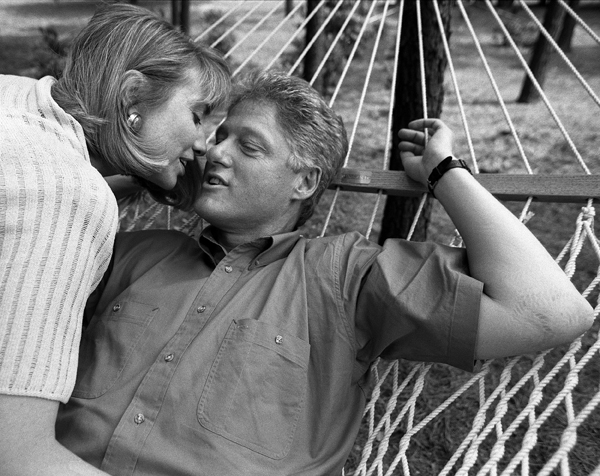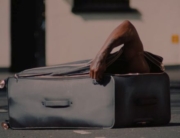This career-spanning film celebrates one of the world’s most accomplished photojournalists while also getting at the heart of what makes him tick. Over the course of more than 50 years, Harry Benson has had work published in such magazines as LIFE, Vanity Fair, and Time, and his subjects have included countless celebrities and politicians. Yet while his talent is singular, his success is due to a combination of grit and determination.
The earliest scenes take a reverent approach to some of his best-known work: his 1964 shoot of the Beatles, taken for The Daily Express roughly 30 seconds before the band exploded onto the world stage. He also photographed them cavorting in a Paris hotel room, hours before learning they scored a No. 1 hit in America and that they were booked on The Ed Sullivan Show. According to Benson, the job almost wasn’t his, as the tabloid had a different photographer in mind; that person was deemed too ugly to hang around with the not-quite-yet Fab Four. The filmmakers create a montage out of the subsequent black-and-white photos, which, set to the band’s “I Feel Fine,” proves to be genuinely nostalgic.
The slideshow abruptly gives way to stark images from the civil rights movement, featuring Dr. Martin Luther King Jr., the Ku Klux Klan, tear-gassed protesters, among others. This establishes a rhythm that directors Matthew Miele and Justin Bare will return to. First, they focus on Benson’s work chronicling what some would deem frivolous subjects, but then they remind us of his more serious side, which would on occasion take him to, as one of his former editors puts it, “godforsaken places” around the world. That he did both types of assignments so well seems due to his genuine interest in humanity, as well as his own consummate professionalism.
In attempting to trace where his drive originated, the film follows him back to Fleet Street in London, where he cut his teeth in the hypercompetitive tabloid trade, and then to his hometown in Glasgow, Scotland. Regarding his formative years, Benson recalls not doing particularly well in school, although he played sports, which he claims prepared him for the physical violence that would accompany his later trade. While other kids he grew up with went on to postsecondary education, Benson, due to his poor grades, had to take a job as a messenger boy, and the film draws a connection between his youthful outsider status and his empathy toward loners. (His photographs of Michael Jackson, Muhammad Ali, and Richard Nixon support this argument.)
In between the many, many photos and their respective backstories, the filmmakers interview Benson’s family members, who admit that he always put his work before anything else, while former colleagues and peers reveal no shortage of admiration—even while acknowledging that he was highly competitive and would go to any length for access. Among the more entertaining anecdotes is how Benson became the first photographer to get the inside scoop on New York Jets’ quarterback Joe Namath’s bachelor pad: Benson asked one of his celebrity friends, who was none other than late-night talk show host Johnny Carson, to call Namath on his behalf.
While much of Harry Benson: Shoot First could serve as a PR reel, the film does take time to confront its subject over some of his more paparazzi-ish and downright voyeuristic pics (for example, of the fallen Robert Kennedy, taken at the Ambassador Hotel shortly after he was shot dead). Benson’s response is to point out that as a professional, his job is to take photos above all, and those who claim he lacks ethics simply don’t have the guts to do what he does, or are looking to excuse their own failures.
As much as that kind of talk implies an emotional distance between Benson and his subjects, it’s hard to believe that gulf exists, given all the photographic evidence. Meanwhile, it’s exactly that kind of internal contradiction that makes him so compelling, and even if you exit the film without a full appreciation of the man, you’re likely to at least value his work.

















Leave A Comment